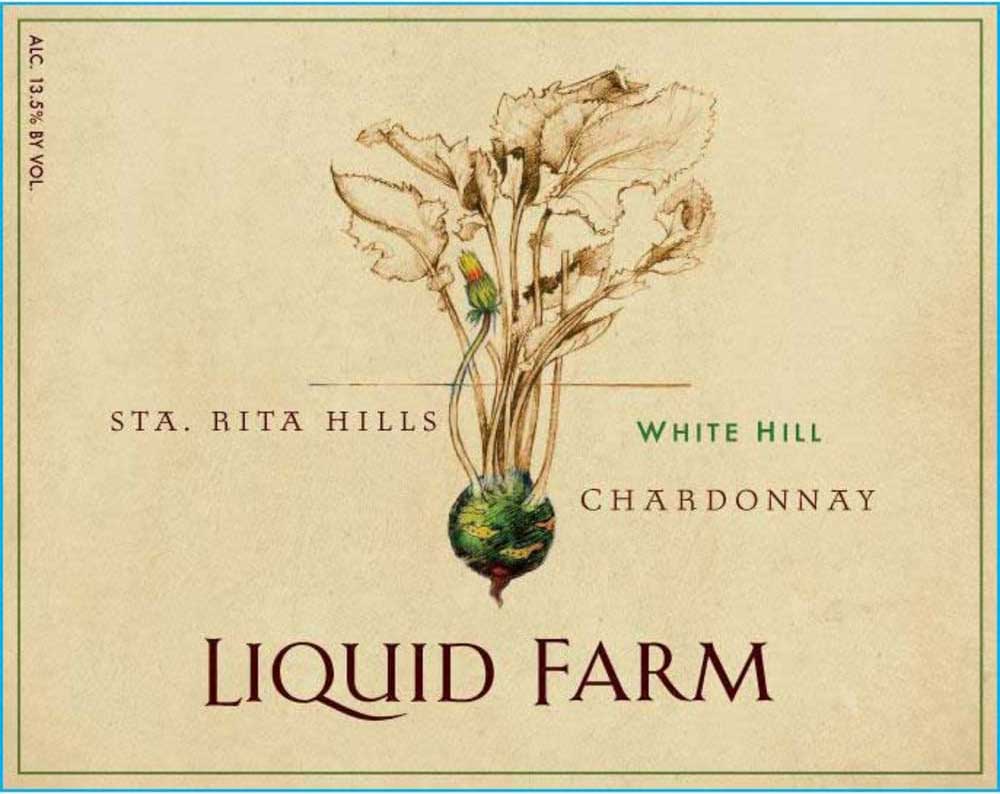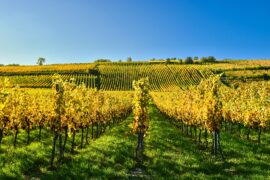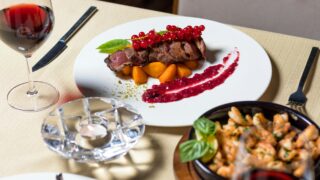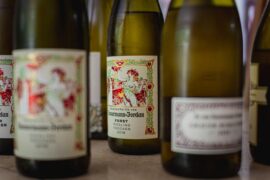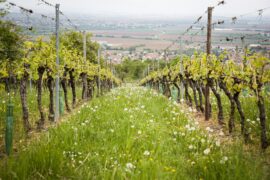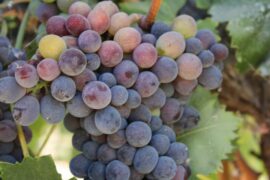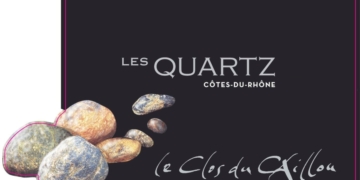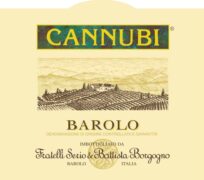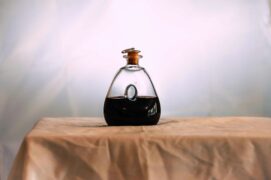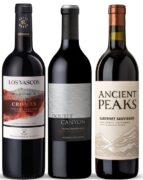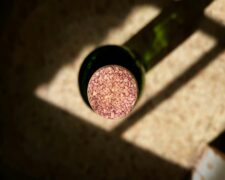White wine is generally simpler to produce than red wine. The key difference is that the grapes are typically pressed right after harvest, without allowing the skins to macerate. The primary goal in white wine production is to preserve the wine’s aromas, which is achieved by fermenting the wine at lower temperatures and protecting it from oxidation.
Pressing
The closer the fermentation temperature is to 20°C, the more aromatic and characterful the wine becomes. If the temperature is too low, the wine may develop flavors like pineapple or banana, regardless of the grape variety or region.
Barrel Fermentation
White wines fermented in oak barrels tend to have a more balanced aroma and flavor compared to those only aged in barrels after fermentation. Small oak barrels, typically 225-liter barriques, are often used since they offer better temperature control. During fermentation, yeast cells interact with oxygen in the barrel, which contributes significantly to the wine’s character. These yeast cells also help balance the fruit aromas of the wine with the wood tones of the barrel by covering the interior of the barrel, reducing the contact between wine and wood. This creates a more harmonious wine by absorbing some of the oak extracts.
After fermentation, the wine can either be transferred to another container or remain in the same barrel. If it stays in the barrel, it’s crucial to stir the dead yeast cells (called “bâtonnage” in French) to prevent off-odors from developing. Allowing the wine to rest on its lees has the added benefit of releasing compounds that act as natural clarifiers, reducing bitterness from the oak and adding complexity to the flavor while protecting against oxidation.
Fermenting in small oak barrels is labor-intensive and expensive, so it’s mostly reserved for premium white wines.
Aging
After fermentation, white wine needs to rest to settle its flavors. Simpler white wines may rest in large stainless steel tanks for a few months before bottling, while more exclusive white wines are often aged in the same oak barrels in which they fermented, usually for 12–18 months.
Malolactic Conversion for Smoother Acidity
After the primary fermentation, malolactic conversion can occur, where the sharp malic acid in the wine is transformed into softer lactic acid. This process used to be misunderstood, but today, winemakers can initiate it by adding bacterial cultures and raising the temperature. Many winemakers prefer to avoid malolactic conversion to preserve the wine’s fresh acidity, in which case the wine is cooled and additional sulfites are added.
Clarifying and Filtering
Proteins from the fermentation process can cause haziness, and while harmless, most producers choose to clarify and filter the wine. Common clarifying agents include plant- or animal-based products like bentonite clay, gelatin, and fish-based fining agents.
Bentonite is used across all wine types to remove proteins, while gelatin helps eliminate tannins. Fining agents don’t count as additives since almost none remain in the final wine.
Tartaric Crystals Removal
White wine may sometimes develop tartaric acid crystals, which are harmless but more visible in white wine. Producers can remove these crystals through cold stabilization by chilling the wine to -4°C for about a week, after which the crystals form and are removed. Another quicker method involves cooling the wine to 0°C and adding ground tartaric acid crystals, which bind to excess salts and are then filtered out.
Final Filtration
Even though most yeast is converted into alcohol, some traces might remain. By filtering the wine, winemakers ensure no residual yeast is present to avoid secondary fermentation, although some argue this can negatively affect flavor.
Bottling and Sealing
After filtration, the wine is bottled under sterile conditions to prevent contamination. Producers can choose between traditional glass bottles, lightweight glass, PET bottles, and closures like natural cork, plastic corks, or screw caps.
Sweet Wine Production
There are different ways to produce sweet wine, depending on the type and local traditions. Sweet wines can be made by concentrating the grape must, stopping fermentation early by adding grape spirits (fortified wines), or simply adding sugar to a dry wine.
- Concentrating the Must: This can be done by late harvesting (when grapes have higher sugar levels), drying grapes after picking, or allowing a mold called Botrytis to reduce water content in the grapes, leading to more concentrated sugars and flavors.
- Fortified Wines: Adding neutral grape spirits to halt fermentation is another method, typically yielding wines with higher alcohol content, such as port or Madeira.
- Adding Sweetness: The most common and controlled method, often used for larger-scale sweet wine production, is adding concentrated grape must or unfermented grape juice to adjust sweetness levels.
Pressing the Grapes
White wine production typically bypasses maceration of the grape skins. Grapes are pressed immediately after harvest, with juice separated from the skins to maintain the fresh, clean character of white wine.
Fermentation in Tanks
White wines are usually fermented in temperature-controlled stainless steel tanks, which allow precise control of the fermentation speed and temperature. The lower fermentation temperatures (15–20°C) compared to red wine result in a slower but more controlled process that helps retain delicate aromas.



